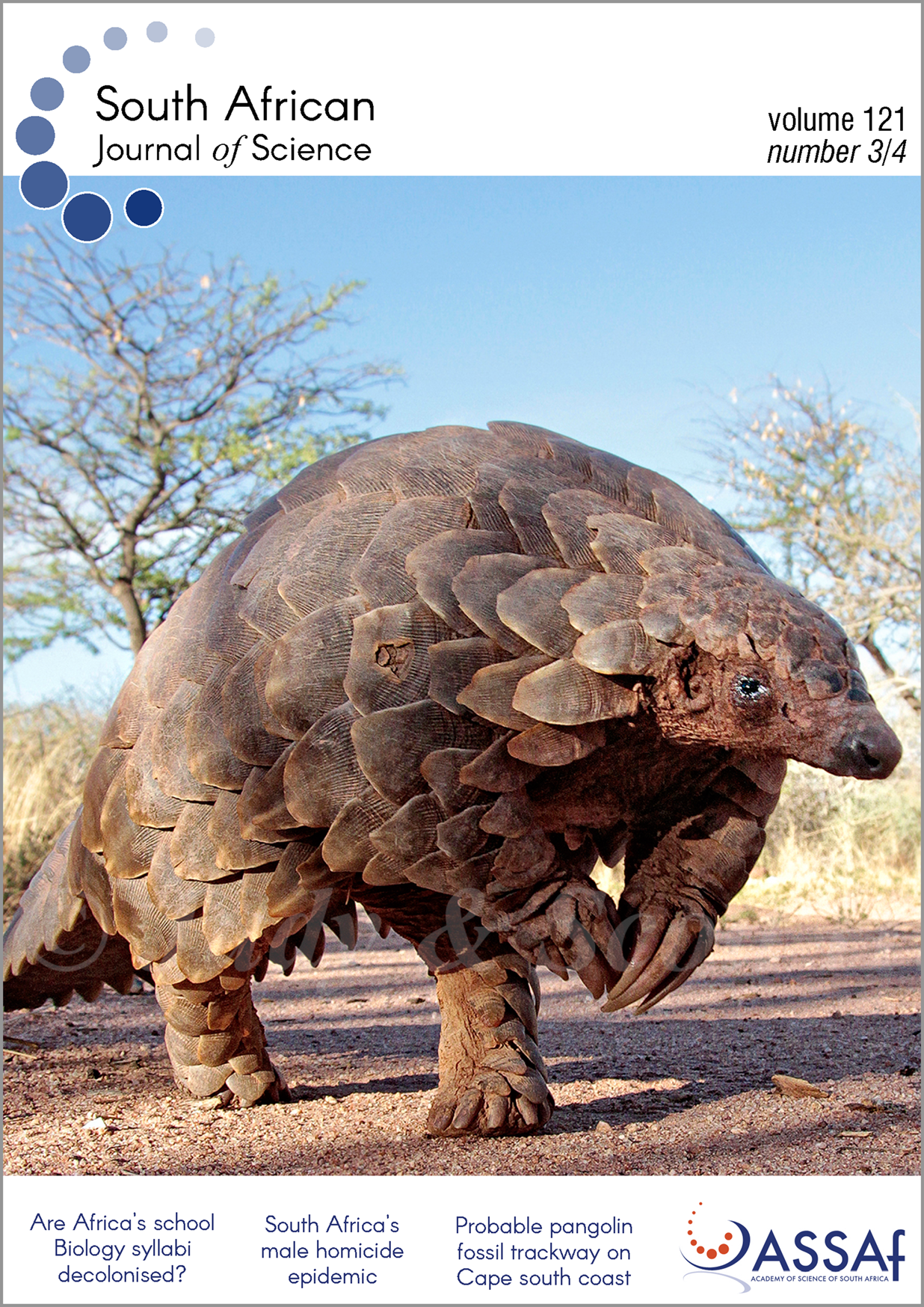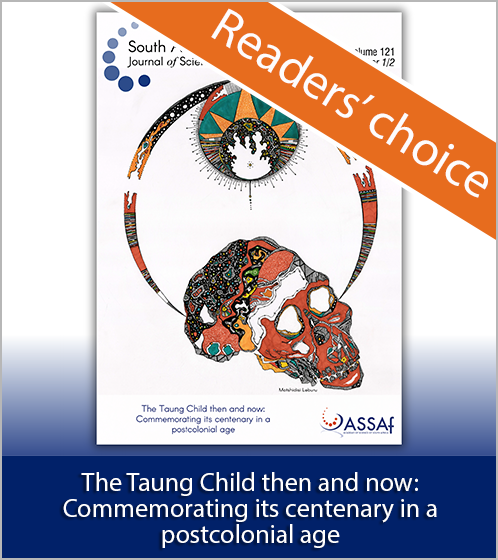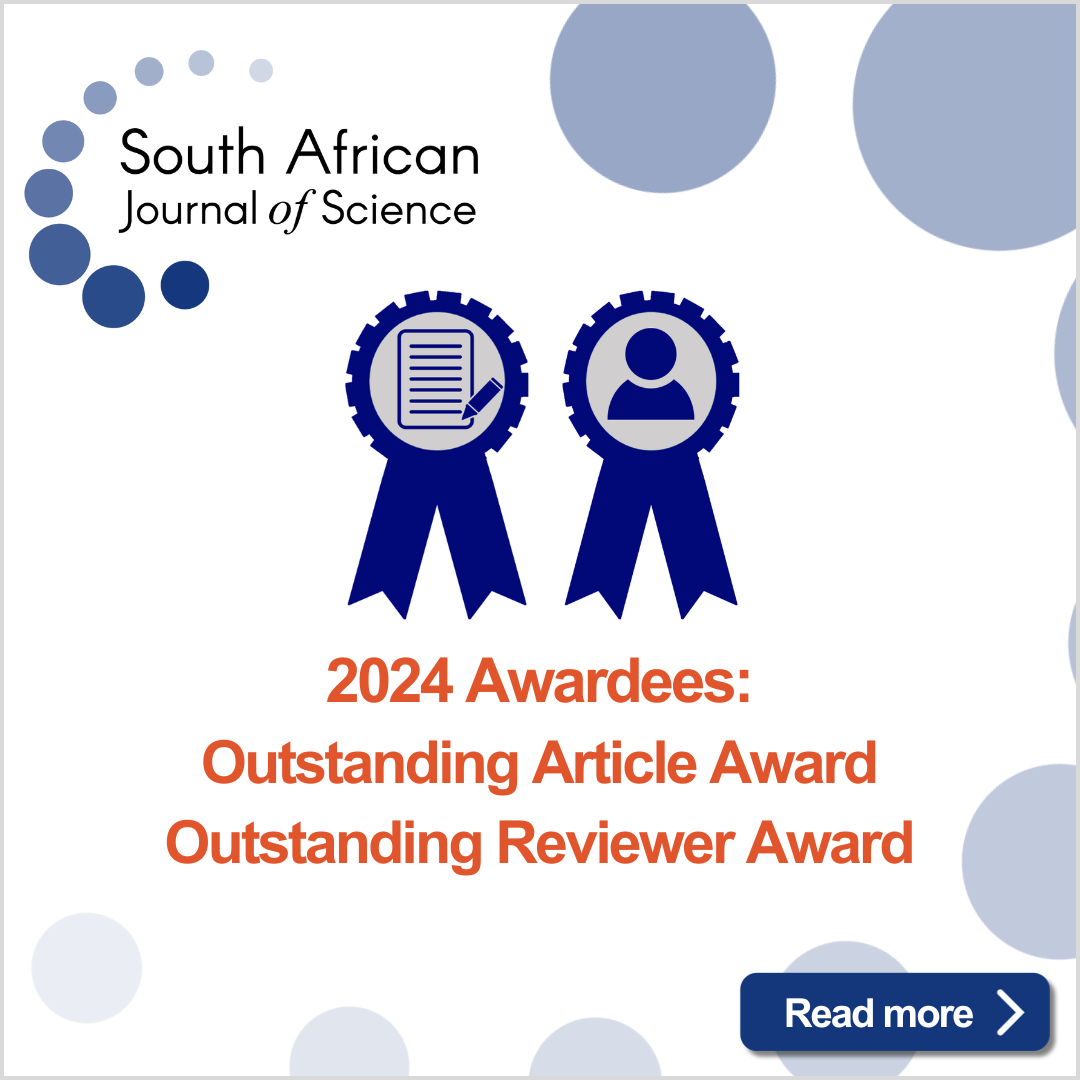South Africa’s male homicide epidemic: Who is killing men and why do we ignore the victims?
DOI:
https://doi.org/10.17159/sajs.2025/18875Keywords:
male homicide, perpetrators, violence preventionAbstract
Two recent articles highlighted that ~90% of homicide victims in South Africa in 2017 were men. Here we present summary methods and findings and reflect on why there has been no concerted public health response to address the massive sex disparity in homicide risk. Based on routine data collected through forensic and police investigations, we found that male homicide rates were higher than female homicide rates across all ages, and were up to 8.4 times higher among youths and young adults. There was considerable interprovincial variation, with the highest male:female incidence rate ratio of 11.4 recorded in the Western Cape. Of the perpetrators, 93% were men, and usually acquaintances (63%). Most deaths were the result of sharp force injuries (stabbing), with gunshots the second leading cause. Of the 7% of men killed by female perpetrators, 60% were killed by their intimate partners. There were distinct temporal patterns associated with alcohol use. Male homicides were clustered around festive periods and school holidays. Amongst perpetrators, alcohol use was reported in 50% of homicides by acquaintances and 41% of homicides by family members, but other drug use was less common (9% overall). The omission of men from the prevention agenda is an equity issue that affects not only men, but also women and children in South Africa’s most marginalised communities. Broad population-based approaches are required to address the insidious effect of recalcitrant societal norms and structural interventions to overcome the root causes of poverty and inequality and the poor control of alcohol and firearms.
Significance:
Two recent articles, Matzopoulos et al. (PLOS Glob Public Health 2023;3(11), e0002595) and Matzopoulos et al. (BMJ Global Health 2024;9, e014912) highlighted that ~90% of homicide victims in South Africa in 2017 were men, thereby confirming that men are especially vulnerable to fatal violence. We present summary methods and findings and reflect on why there has been no concerted public health response to address this massive sex disparity in homicide risk.
Published
Issue
Section
License

All articles are published under a Creative Commons Attribution 4.0 International Licence
Copyright is retained by the authors. Readers are welcome to reproduce, share and adapt the content without permission provided the source is attributed.
Disclaimer: The publisher and editors accept no responsibility for statements made by the authors
How to Cite
- Abstract 600
- PDF 637
- EPUB 146
- XML 143
Funding data
-
South African Medical Research Council
Grant numbers 42060 -
Ford Foundation
Grant numbers 133505 -
National Institutes of Health
Grant numbers U01AI069924; R01 MH122308-01A1 -
Fogarty International Center
-
National Institute of Mental Health
Grant numbers D43TW011308













.png)